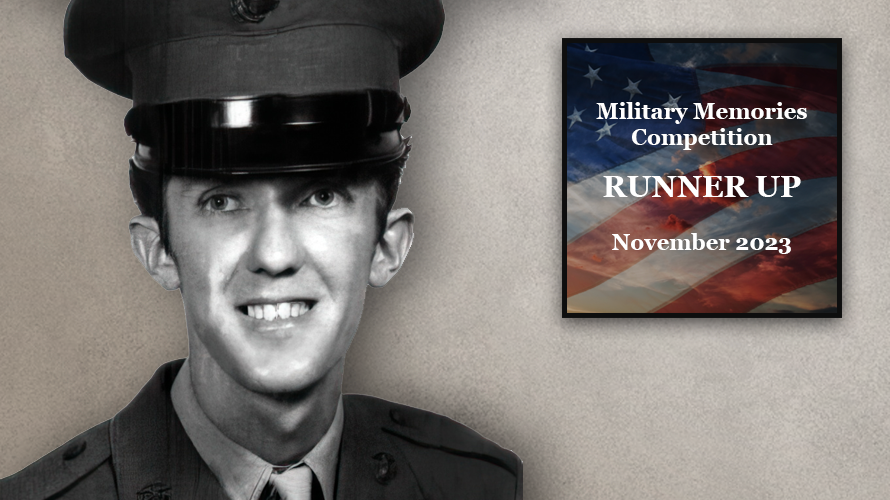What personal and professional achievements from your Military service are you most proud of and why?:
Military Training Develops Life Skills. The day before graduation from boot camp at MCRD (Marine Corps Recruit Depot) San Diego, all the platoons gathered on the parade deck to do final drills in front of Major General English, CO of MCRD, and Colonel Boress, CO of the Recruit Training Regiment. We wanted to look sharp and make our DIs proud. Did we ever! Everyone performed flawlessly. Our boots all struck the deck at the same time. It was amazing that so many guys were in complete unison and moving as one. I was feeling so much pride when we did an “eyes right” as we passed General English’s stand and the Marine Corps Hymn started playing. Chills went down my spine, and I felt like my chest was going to pop the buttons off my shirt! I will never forget it.











